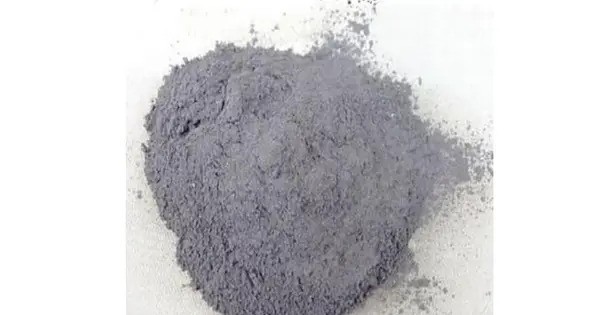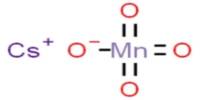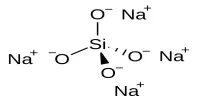Zinc titanate, also known as zinc titanium oxide, is an inorganic compound existing in three major forms: ZnTiO3 (ZnO-TiO2), Zn2TiO4 (2ZnO-TiO2) and Zn2Ti3O8 (2ZnO-3TiO2). It is an inorganic material that has gained attention due to its unique properties and applications in various fields. It is used as a regenerable catalyst, a pigment and a sorbent of sulfur compounds at elevated temperatures. It is a white powder that is insoluble in water.
Synthesis and properties
The ZnTiO3, Zn2TiO4 and Zn2Ti3O8 forms crystallize in hexagonal, cubic (inverse spinel) and cubic structures, respectively. They can be produced by heating a mixture of ZnO and TiO2 powders or processing it with a ball mill. Zn2Ti3O8 forms at lowest temperatures, followed by ZnTiO3 and then Zn2TiO4; the last phase dominates at temperatures above 1000 °C.
- Chemical formula: ZnTiO3
- Molar mass: 161.24 g/mol
- Appearance: White powder
- Solubility in water: Insoluble
- Density: The material has a relatively high density compared to other ceramics.
- Thermal Stability: It is known for its high thermal stability, making it useful in high-temperature environments.
- Electrical Conductivity: Zinc Titanate exhibits semiconducting properties, which can be tuned by doping with other elements or varying its stoichiometry.
Natural Occurrence
Zinc Titanate is not a common naturally occurring mineral, though it can form in certain geological environments under specific conditions, often as a product of weathering or high-temperature alteration of zinc and titanium-bearing minerals.
Some rare minerals like zincite or rutile may be associated with natural zinc titanate in specific mineral deposits.
Synthetic Production
Zinc Titanate is mainly synthesized in laboratories or industrial processes, such as solid-state reaction techniques or sol-gel methods. It is typically created by reacting zinc oxide (ZnO) with titanium dioxide (TiO₂) under controlled conditions.
Industrial Applications
- Electronics: Its dielectric properties make it useful in the manufacture of capacitors and other electronic components.
- Catalysis: Zinc Titanate has been investigated for use in catalytic processes, such as the oxidation of hydrocarbons.
- Energy Storage: Because of its semiconductor and ionic conductivity, it is explored for use in energy storage devices like batteries or supercapacitors.
- Ceramic Materials: It is sometimes incorporated into ceramic materials for various engineering applications, such as for making ceramic substrates in electronics.
















